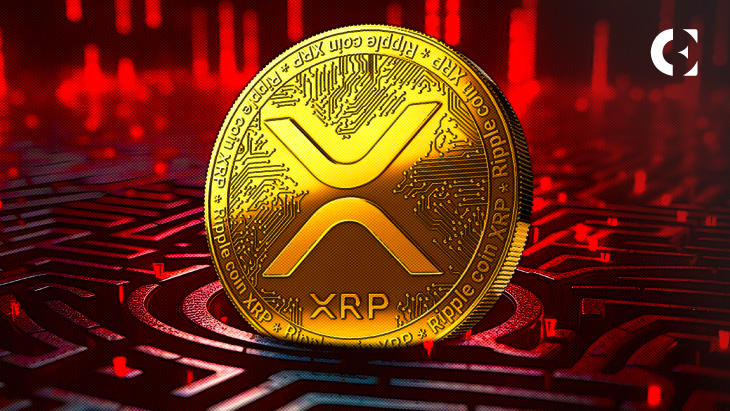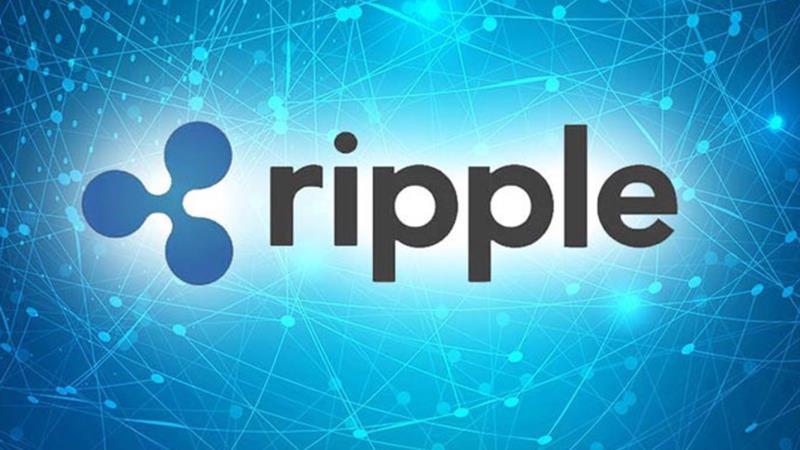Key Takeaways:
- XRP ETF discussion moves to Wall Street from social media.
- Spot ETF structure offers direct cryptocurrency exposure in traditional accounts.
- SEC reforms simplify approvals, but review checkpoints remain.
- Early inflows could surpass $1B, driven by advisers and infrastructure.
Discussion of a spot XRP ETF has migrated from Crypto Twitter to major trading desks, signaling that mainstream finance is taking notice. Analysts like Nate Geraci and Bitwise CIO Matt Hougan argue that initial investor demand is underestimated, potentially surpassing $1 billion in the first months. Driving this momentum are new SEC rules that simplify the approval path for spot crypto ETFs, making the launch of an XRP ETF increasingly plausible.
What Makes a Spot XRP ETF Different?
Unlike futures-based funds, a spot XRP ETF holds the cryptocurrency directly through a qualified custodian. Shares track the net asset value (NAV) of XRP, allowing exposure via brokerage accounts, retirement plans, and adviser portfolios with conventional reporting and tax treatment. This structure contrasts with derivative-based ETFs, which can diverge from spot prices. The SEC’s September 2025 rule change created uniform listing standards, opening a streamlined pathway without guaranteeing automatic approvals.
Also Read: XRP ETF Crash: Brazil’s XRPH11 Plummets 20%+ as Hype Fades
US Regulatory Landscape
In September 2025, the SEC adopted generic listing standards for certain spot crypto ETPs. While this reduces one-off approvals, oversight remains rigorous. Altcoin products like Litecoin and Hedera have advanced under these standards, signaling progress for XRP. Key considerations for SEC approval include market surveillance, robust custody, and investor protections. Government shutdowns have caused review delays, but several filings for an XRP ETF are already queued.
Potential Market Impact
If approved, a spot XRP ETF could attract large inflows for three main reasons: preference for ETF access over self-custody, existing market infrastructure for Bitcoin and Ethereum ETFs, and a distinct investment narrative emphasizing cross-border payments. Analysts predict that early demand could exceed $1 billion, underscoring Wall Street’s keen interest. However, SEC scrutiny on manipulation risk and custody adequacy could delay or alter approval timelines.
Also Read : Crypto Markets Brace for Impact as Key US Economic Data Looms
Current Alternatives
Non-US investors can access physically backed XRP ETPs, such as 21Shares XRP ETP and CoinShares Physical XRP. US investors currently rely on cryptocurrency exchanges, which involve counterparty risk and fragmented markets.
XRP ETF Closer, but Not Here Yet
An XRP ETF would not replace Bitcoin but expand adviser options with a payments-focused allocation. With distribution channels in place and market demand growing, the SEC’s decision remains the final hurdle. Investors should monitor filings, understand ETF mechanics, and differentiate between US ETFs and overseas ETPs while tracking this evolving market.




